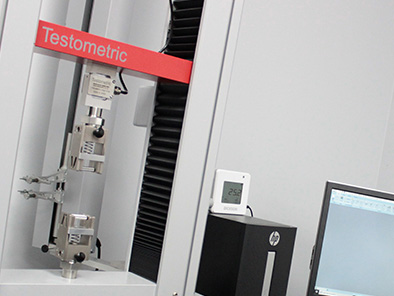Compression stress relaxation (CSR) testing: considerations in an era Of ISO 17025 proficiency testing
Paul Tuckner, Grace Technology & Development
In looking at elastomer testing in general and CSR testing in particular, there can be variations in the results when theoretically testing to the same test procedure. There can be various reasons for this, from equipment that is not capable, to procedures that are not adequate, to operators that are not knowledgeable. In the rubber industry, which can be considered a “legacy” industry, this can be even more problematic due to issues related to variations in the material, mixing and processing. These items can have a significant effect on the variation of properties of a cured product. Being a legacy business or industry, the rubber industry has been around for about 175 years, with materials based on synthetic polymers dating back about 100 years. What this means is that over this time, the understanding of the materials and processes used to characterize their properties as a function of composition and processing have changed and continue to evolve. Sometimes, the old concepts and tests do not change to match the current level of technology and understanding available to address current requirements. Other times, new technologies and equipment exceed the previous test capability, but too many people in the industry are stuck with older equipment, with limited capability to provide the quality of results that might be desired or required. The comments in this article are not intended to criticize any specific person or organization, since there is an obligation to support the business and industry which provides good jobs and value to the economy as a whole. The comments are intended to reflect the way that scientists are taught to be critical thinkers, not only of others and their theories, but also their own. Balanced thoughts and recommendations are for the betterment of the companies and organizations in the rubber industry, and the economy as a whole.
The largest and most dominant part of the rubber industry is in the manufacture of tires. This part of the industry was the earliest one and is still the largest by the amount of rubber used, and has been the primary driver for many of the requirements in rubber testing. Many of the test requirements created for this market were developed 50-100 years ago and have not changed that much since. By contrast, another part of the industry is higher performance materials and applications, which required new approaches to testing to meet the need for exposure to high temperatures and a range of different fluids. These applications often occur in automotive, aerospace, and oil and gas markets, with those requirements having evolved over the past 50 years or so. Initially, they often used many of the test methods developed for the tire industry, but later new additional ones were developed to meet the requirement of the more severe environmental exposures in these applications. Many of these tests were developed in the 1970s and 1980s, and have not changed much since then.

